Description
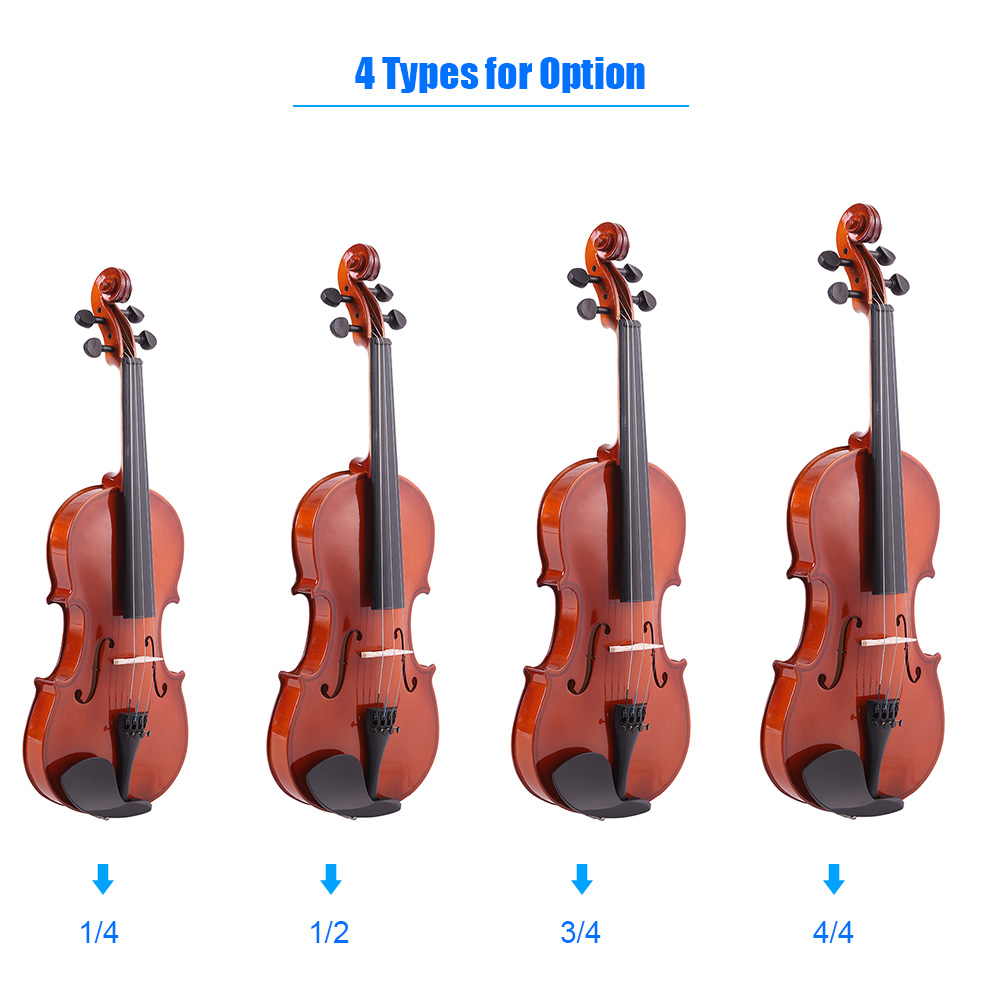

The Silver Creek Model 8 4/4 Violin Outfit is highly rated for its fine playability and tone making it a great choice for the intermediate advancing violinist.
Ah, the venerable violin. While most often thought of as a delicate and beautiful orchestral instrument and a hallmark of classical music, it can also be a sprightly and familiar folk or bluegrass fiddle, or a sleek and spunky rock and roll instrument. It has been making a place for itself in almost every music genre, and inspiring musicians and audiences for centuries.
Because of the vast range of prices that violins are sold for, it can be difficult to shop for one. How can one instrument range in cost from $100 to $10,000 and much more? What’s with all the different sizes? Should I rent or buy? Is an electric violin really a violin? Can you even shop for something as personal and sensitive as a violin online?
Whether you’re shopping for yourself or a violin student, we’ll answer these questions and more.
Should I Rent or Buy?
If you’re shopping for a beginning student, you may be tempted to rent an instrument since your student’s commitment is unproven. There are some good reasons to opt for a purchase instead. These include:
- Long-term rental fees can add up quickly. A perfectly playable entry-level violin can usually be purchased for less than the cost of a year’s rental.
- A well-chosen beginner’s instrument that is well cared for will retain its value and usually return a substantial part of its purchase price when sold used or traded in for a better quality instrument.
- Higher-quality violins may appreciate in value over time; their voices “open up” as they age.
- Rental instruments may be a bit worse for wear with nicks, scratches, tape marks on the fingerboard, and come with used strings and an already rosined bow. You’re also liable for any damage on a rented violin.
The Basics of Violin Construction
In some respects most every violin is the same—four strings stretched over a small body, a tailpiece and chinrest at one end, and a neck and pegbox at the other. Most violins don’t offer the design variations that many modern instruments have, but any violin player will tell you that all violins are not created equal.

The key factors that determine each violin’s tone and playability are the quality of its tonewoods and the skill with which it is constructed.
Types of Tonewood
The type and quality of the wood used to build a violin is the most important factor in the instrument’s particular sound. While most violins use the same types of tonewood—spruce tops, and maple necks, backs and sides—the quality of the wood varies, which is reflected in the price differences between instruments.
The top of the violin body is its soundboard—the wood that amplifies the sound produced by the resonating strings. Spruce has been a favorite tonewood for violin soundboards for centuries because it is naturally both stiff and dense. It’s strength means it can be delicately carved but still maintain its shape, while its density creates better resonance than more porous woods.
The quality of the spruce is a significant part of what determines the price of the instrument. There are several species of spruce that are used for violin tops, and some players prefer one over the others. Trees that grow in colder climates produce denser, more resonant, and thus more desirable spruce wood. The longer a block of spruce is allowed to age, the drier and stronger it becomes. So a piece of spruce grown at high altitude and seasoned for decades before carving will produce a superior top wood.
A further consideration is the beauty of the grain. The finest spruce will have beautiful flame-like figuring. Finely crafted violins typically employ beautifully book-matched pieces of spruce for the top that are meticulously joined to create an attractive pattern.
Similarly, not all maple is created equal. The back, sides, and necks of premium-quality violins are crafted from tightly grained wood that has been aged then carved with great precision.
Other woods on a violin will help determine it’s durability, sound, and value. The fingerboard, for example, is preferably made of ebony, but economy violins may use less expensive wood. Some instruments may also have alloy tailpieces and/or plastic chin rests and lesser-quality bridges.
The quality of the violin’s finish also usually reflects its price. Finely crafted violins are finished with exceedingly thin coats of varnish and carefully polished between coats. Varnishes contain pigments that give the instrument a wonderful patina while also bringing out the beauty of the wood’s underlying grain patterns.
Choosing the Right Violin: Brands, Beginners, and Budgets
Once you understand some of the fundamentals of violin construction, it’s time begin honing in on an instrument that’s right for your needs and budget. As you do, you may come up with some new questions as you encounter various brand names, categories, and a great range of prices.
Stradivarius: What’s in a Name?
Antonio Stradivari was an Italian luthier in the early 18th century, who, as a master craftsman, hand-built each instrument to ensure the highest quality. The design he perfected is the basis for the shape and dimensions of violins today, and the Latinized form of his name, Stradivarius, is synonymous with supreme quality.
But a violin branded or labeled “Stradivarius” does not mean it is a genuine Antonio Stradivari violin. It is estimated that he built just over 1000 instruments during his career, and only about 500 survive to this day. The only way to ensure a violin is a genuine Strad is to have it professionally authenticated.
Categories: Student, Intermediate, Professional
In addition to Student, Intermediate, and Professional, you may see individual violins described as Master or Advanced. There are no clear, universally accepted standards for any of these categories. Manufacturers and luthiers all have their own standards, but the classifications themselves can be general guidelines to help narrow down your search.
Student Violins
In general, a student violin will be made from lower-quality woods and involve much less hand work in the carving, assembly and finishing. They typically have plastic parts such as tuning pegs and chinrests. These instruments are well suited for someone who is interested in learning, but who is not yet sure if they will play for very long. They range in price from about $100–800 dollars.

Related products
-
₨35,000.00
-
₨370.00
Violin-Sarangi- Rosin
Brand Yamaha Unit Count 1 Count Item Weight 0.06 Pounds Contains Liquid Contents No
About this item
- Precisely formulated for use with steel strings help the artist achieve a rich, singing tone
- English made fine-quality violin rosin used by professionals all over the world
- 30 gm clear black cake in a decorative carrying box fits perfectly in the pocket of any violin case
- To learn more, please see our Product Description below
Categories: Accessories, Sarangi, Traditional, Violin₨370.00 -
23″ Wooden Stunning Violin With Bow & Bag – Brown
-
Brand Size 4/4 – Full Size Color Clear Top Material Type Spruce Back Material Type Maple Finish Type Varnish Instrument Violin Number of Strings 4
About this item
- Carved top violin made with select tight grain Spruce
- Beautifully figured Maple back and sides with an Ebony fingerboard
- Fit with Ebony pegs, chinrest, and end button
- Set up with Wittner-style composite tailpiece with four built-in fine tuners
- Completely setup and ready to play
SKU: logo-collection Categories: Trending Instruments, Cello, Violin₨7,500.00 -
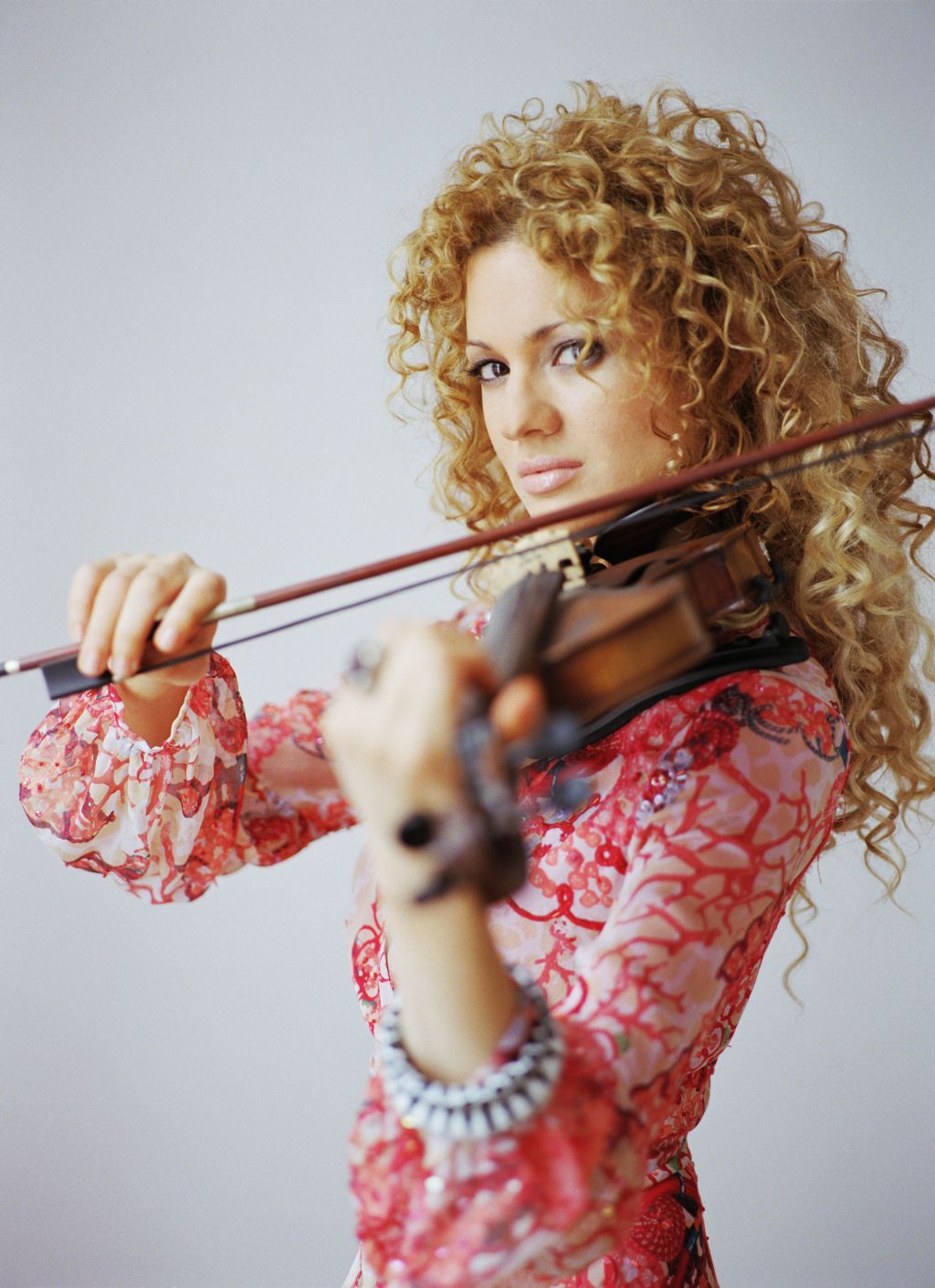
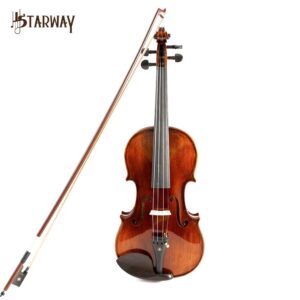
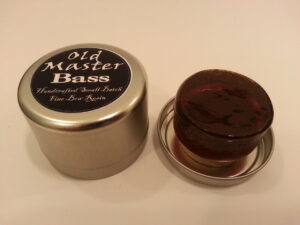
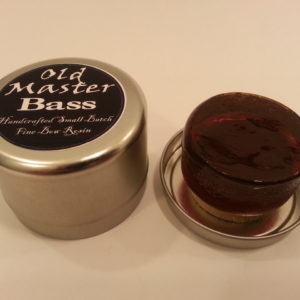
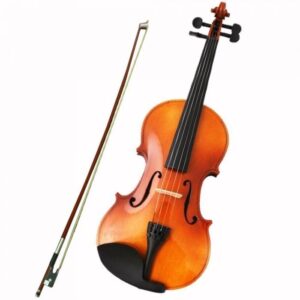
Reviews
There are no reviews yet.